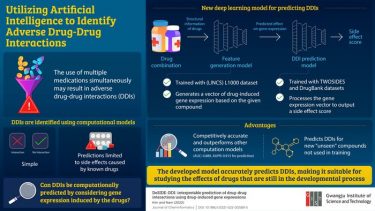ChatGPT just passed the Turing test. But that doesn't mean AI is now ...
There has been a buzz in the tech world recently about an AI chatbot officially passing the Turing test. This news is based on a recent preprint study by two researchers at the University of California San Diego.
What is the Turing test?
The Turing test, popularized by English mathematician and computer scientist Alan Turing, is considered the ultimate indicator of machine intelligence. It involves a test where a human interacts with both another human and a machine, and tries to determine which is which. The recent study tested four large language models, with OpenAI's GPT-4.5 being deemed indistinguishable from a human more than 70% of the time.

Controversy surrounding the Turing test
Despite its popularity, the Turing test has faced criticism over the years. Many argue that it may not be an accurate measure of machine intelligence as it primarily focuses on the imitation of human intelligence rather than true understanding.
Results of the study
In the study, participants interacted with both humans and AI models through text messages. GPT-4.5 was identified as the human 73% of the time, while another model, LLaMa-3.1-405B, was identified as human 56% of the time.
Challenges and limitations
However, it's essential to note that the study had its limitations. For instance, the short five-minute testing window and the use of specific personas for the AI models may have influenced the results.

Conclusion
While GPT-4.5 passing the Turing test is a significant milestone, it does not necessarily imply that AI is now as intelligent as humans. The test's validity and effectiveness in truly measuring machine intelligence continue to be debated in the scientific community.




















